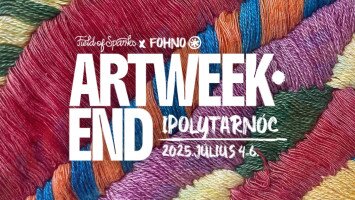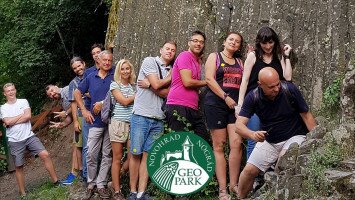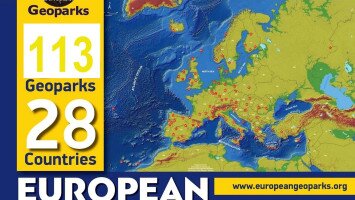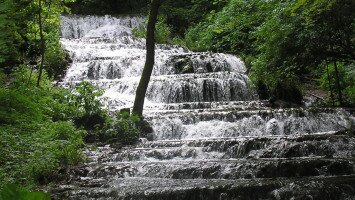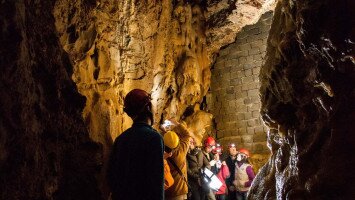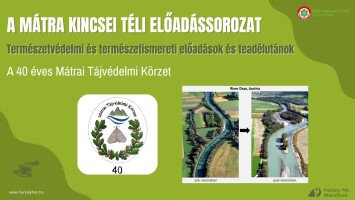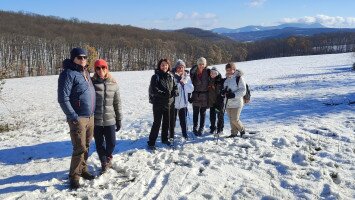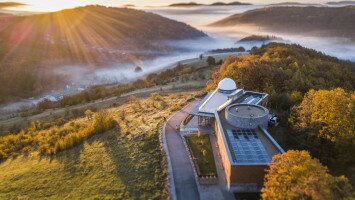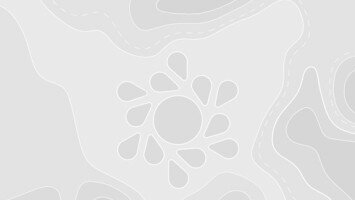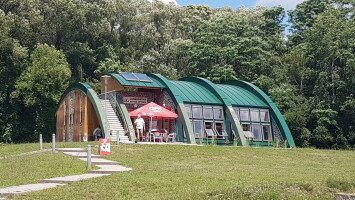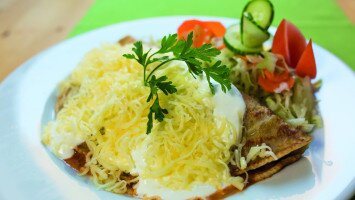
A volcanic catastrophe destroyed and at the same time preserved the "Prehistoric Pompeii" of Ipolytarnoc. The successive appearance of strange fossil remains and volcanic features caught the attention of the local Palóc people (ethnic group of Hungarians inhabiting the geopark), who sought an explanation for their existence. Folk fantasy is fertile, fabulous stories sprouted about the relics of the once vanished past reappearing from the cracks of the 17-million-year-old volcanic cover.
The locals believed that long time ago a wizard had visited the area, who in his anger, before departing petrified the life. In some sense they were right, it was a volcanic eruption, which magically preserved the remnants of ancient life.
Here are the details, about the Volcano Wizard of Ipolytarnóc and the petrified life published from the collection of Ásatag/Petrified:
THE PETRIFIED WOOD MATHUSALEM
Towards the end of the 1700s, a large petrified tree started to appear from the volcanic cover by the work of erosion. The Borókás stream washed away the much softer rhyolite tuff from under the fossil tree, and a 42 m long piece of the trunk, which as a natural stone bridge began to span the gully that formed below it. The locals who passed by liked to sit on it, recognizing the origin of the tree and naming it "Gyurtyánkő Lócza" (Hornbeam Stone Bench). It was thought to be a tree stonified by a cold hearted magician, and within the transformed tree the magic is still potent. Though frozen, but palm touch can regenerate it. Superstition ruled above the locals, in our case with a good moral ending. They thought, if one touches the petrified tree with a pure heart, places his palm on it, and with a calm mind expresses his desire to the stone tree, the power of magic can seep through and fulfill the wish. But woe to the one who is guided by the desire to harm others, the magic turns against him and freezes his heart in such a way that he can no longer give love, nor can he receive it.
SHARK'S TEETH
The shark teeth recovered from the sandy coastal sediments of the Lower Miocene shallow sea also captured the imagination of the locals. They thought that those teeth were petrified bird tongues because of their shape. Why is that? Here's a possible explanation.When the great wizard froze the huge tree into stone, the nestling birds flew away from it in fright, alarmedly announcing the terrible event to the world. To silence them, the sorcerer turned their tongues into stone, which fell out of their beaks and scattered around the area. The landscape was silent for a long time, deathly silence.Lo and behold, if the sorcerer personifies the volcano, then we find the stone wood preserver, the volcanic eruption destroyed the original habitat, banishing the melody of life from the post-catastrophe lunar landscape.
FOOTPRINTS
Erosion next to the large petrified tree slowly carried away the fine volcanic ash from the harder palaeosurface and the footprint-marked sandstone of the ancient palaeosoil with the footprints of ancient creatures gradually emerged from the darkness of the past. The locals referred to the stripped, relatively flat surface as "Kőmedencze"(Stone Basin), on which the dusky, scouring sunlight really brought out the plasticity of the footprints frozen into rock.Superstition can often strengthen a community, the locals believed that if engaged couples danced on the footprint-bearing sandstone at this time of day, their joint steps as spouses would be as timeless in happiness as the age of footprints frozen into stone. Grateful descendants will forever remember their ancestors who performed a vow dance on the footprinted sandstone surface. See, the past still holds us together.
Even volcanoes can contribute to the strengthening of human relationships, even if this may take millions of years, since in our case the silicon leached from the ignimbrite preserved the wood and the footprints. Plus, volcanism is magical, not just for the ancient Greeks, would you agree!?!

